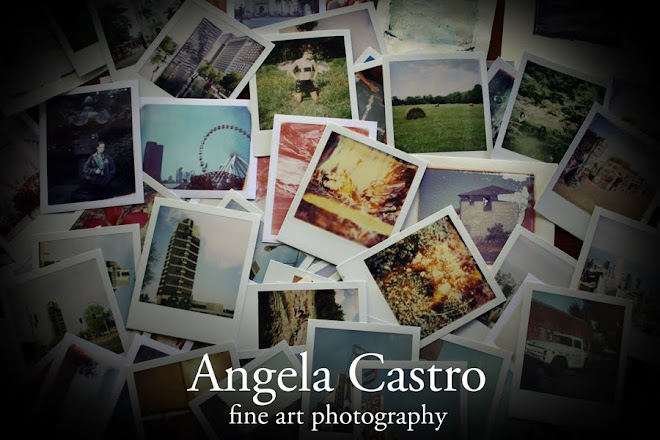The art collection itself is impressive and was a pleasure viewing the work from these great artists. The building was quite interesting as well. The shape of it, the material it was made from, it really stands out. I wasn't overly thrilled with how the art was arranged on each floor. I'm sure it was difficult doing that with rounded rooms and the amount of art that was available. Inside the building is a big spiral that goes up. Each floor is leveled off and grouped into a specific genre: the coin collection, European art, Mexican art, religious relics and art, sculpture. When you reached the rooms, you didn't really know which way to start. Since the rooms were round, they had to put wall separaters everywhere to hang the work. It just felt a little choatic, especially with the amount of people that were there (admission is free.) Also, there were fire extinguishers everywhere. They really distracted from the art. I'm sure they had to follow a strict fire code because of the oddly shaped building. (No windows anywhere) A little disappointing but the art was great, the building was fun to photograph and it was free.
Looking at the front
The entrance
Close-up of Soumaya
Entering the museum
This was how the building was going to look initially. There were some changes made.
Looking down on main floor from the second floor. You can see a small crowd around the Rodin sculpture.
Looking at the second floor gallery before heading up the ramp.
Painting by Claude Monet
Manuscript for Kahlil Gibran's "The Prophet"
The top floor, gallery 6, all sculpture
Salvador Dali sculptures
Another view of the sculpture floor from the back. There's a big skylight in the middle of the ceiling.
A close-up of the outside of the building. Aluminum hexagons cover it.
Different angle
In its entirety
Día de los Muertos is coming up and I'm super excited. People have already started building altars and getting prepared for the holiday. I built an altar myself. Some people celebrate Halloween here too. I'm not exactly sure how they do Halloween for the kiddos but I guess I will find out. Be looking for a blog or two about Día de los Muertos (Day of the Dead) in the next couple of weeks. Lots of photos!
In the meantime...
Next blog: Basilica de Guadalupe
























































